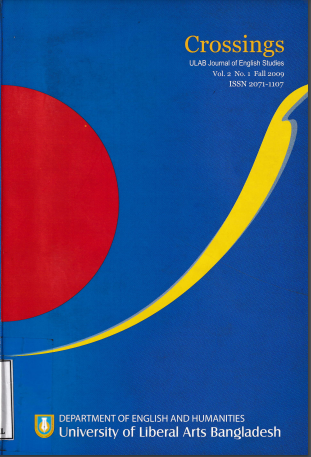East and West in Kim and Gora
DOI:
https://doi.org/10.59817/cjes.v2i1.393Abstract
The two novels, Rudyard Kipling’s Kim (1901) and Rabindranath Tagore’s Gora (1908), explore the different national and cultural perspectives of Eastern and Western writers regarding the representation of India during the British Raj. But the two novels have interesting parallels which are the focus of this paper. Kipling acquired this race-prejudice from his Anglo-Indian community and reinforced imperialistic theories in his writings current in England towards the close of the nineteenth century. He deliberately focused attention on those things in Indian life which would provide a justification for his imperialistic views. In some of his writings he attempted to show the convergence of East and West. but it always resulted in confrontation.
Rabindranath Tagore’s commitment to the nationalist movements originated from his realization of the intense feeling of how miserably Indians felt subordinated during the colonial rule. Tagore’s novel is a scathing exposure of the narrowness, bigotry and stupidity of Hinduism. Where it differs artistically from Kim is that the racial problems in it are treated on a purely human level. In Gora, Rabindranath Tagore speaks for global humanity. But Kipling could not transcend the imperialist ideology in Kim. Tagore’s Gora explores the possibilities of the convergence of East-West but Kipling’s Kim does not let the East and West converge.
Downloads
Published
How to Cite
Issue
Section
License
Copyright (c) 2009 Ruhul Asfia

This work is licensed under a Creative Commons Attribution 4.0 International License.
All articles published in Crossings are licensed under a Creative Commons Attribution 4.0 International License



